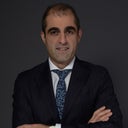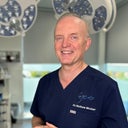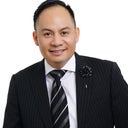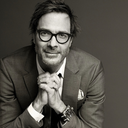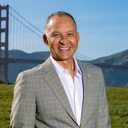The male breast is composed of glandular tissue and fatty tissue. An excess in either type of tissue can cause the chest to take on the look of gynecomastia. Gynecomastia can affect #men of all different body types. There are different types of #gynecomastia.According to official statistics, 36% of adult young men and 57% of older #adult men in the United States have this medical condition in one of the four grades. About 200,000 to 3 million cases of #gynecomastia are being reported every single year. So if you have #breast #enlargement and you feel you're an exception, please understand that 1 in 3 young adult #men and 1 in 2 older adult men are just like you and have breast #enlargement.Several common factors can cause gynecomastia including excessive levels of #estrogen, natural #hormone changes, use of recreational drugs or alcohol, medications and their associated side effects, and, various health conditions. Also, there are different types of #gynecomastia.There are three types of surgical #treatment #options available that treat gynecomastia. Your board-certified plastic surgeon will recommend the type best suited for you. The most important decision to be made before performing any surgical procedure is determining whether you are an ideal #candidate.
